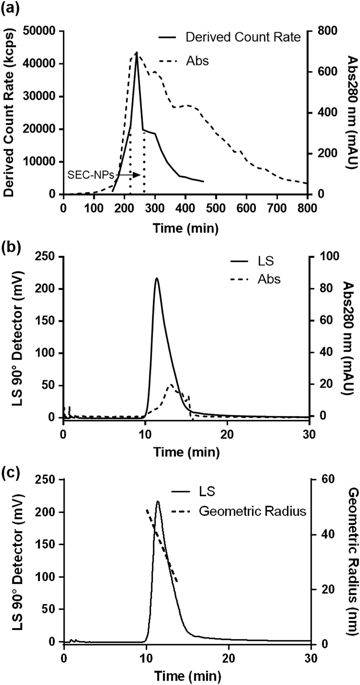npj Science of Food ( IF 6.3 ) Pub Date : 2017-10-30 , DOI: 10.1038/s41538-017-0003-3 Lijing Ke , Huiqin Wang , Guanzhen Gao , Pingfan Rao , Lei He , Jianwu Zhou

|
Like any typical food system, bone soup (or broth), a traditional nourishing food in many cultures, contains a colloid dispersion of self-assembled micro/nano-particles. Food ingestion results in the direct contact of food colloidal MNPs with immune cells. Will they ever interact with each other? To answer the question, MNPs and NPs were separated from porcine bone soup and labeled with Nile Red, and their uptake by murine oral macrophages and its consequent effects were investigated. Colloidal particle samples of UF-MNPs and SEC-NP were prepared from porcine bone soup by ultrafiltration (UF) and size-exclusion chromatography, respectively. Their mean hydrodynamic diameters were 248 ± 10 nm and 170 ± 1 nm with dominant composition of protein and lipid. Particles in both samples were found to be internalized by oral macrophages upon co-incubation at particle/cell ratios of 14,000/1. In normal oral macrophages, the particle uptake exerted influence neither on the cellular cytosolic membrane potential (V mem) nor mitochondrial superoxide level, as were indicated with fluorescent dyes of DiBAC4(3) and MitoSOX Red, respectively. However, when oral macrophages were challenged by peroxyl radical inducer AAPH, the engulfment of UF-MNPs and SEC-NPs mitigated the peroxyl radical induced membrane hyperpolarization effect by up to 70%, and the suppression on the oxygen respiration in mitochondria by up to 100%. Those results provide evidence of the direct interaction between food colloidal particles with immune cells, implying a possible new mode of food-body interaction.
中文翻译:

食物衍生的胶体纳米微粒与口腔巨噬细胞的直接相互作用
像任何典型的食物系统一样,骨头汤(或肉汤)是许多文化中的传统营养食品,含有自组装的微米/纳米颗粒的胶体分散体。食物摄入会导致食物胶体MNP与免疫细胞直接接触。他们会互相互动吗?为了回答这个问题,从猪骨汤中分离出MNPs和NPs并用尼罗红标记,并研究了它们被鼠口腔巨噬细胞摄取的情况及其结果。用超滤和大小排阻色谱法分别从猪骨汤中制备UF-MNPs和SEC-NP的胶体颗粒样品。它们的平均流体力学直径为248±10 nm和170±1 nm,主要成分是蛋白质和脂质。当以14,000 / 1的颗粒/细胞比例共同孵育时,发现两个样品中的颗粒均被口腔巨噬细胞内在化。在正常的口腔巨噬细胞中,颗粒的摄取既不影响细胞的胞浆膜电位(V MEM),也不线粒体超级,如分别用表示的DIBAC荧光染料4分别(3)和MitoSOX红色,。但是,当口服巨噬细胞受到过氧自由基诱导剂AAPH的攻击时,UF-MNPs和SEC-NP的吞噬最多可减轻过氧自由基诱导的膜超极化作用达70%,并且对线粒体中氧呼吸的抑制作用最多可抑制100% %。这些结果提供了食品胶体颗粒与免疫细胞之间直接相互作用的证据,这暗示了食品与人体相互作用的一种可能的新模式。











































 京公网安备 11010802027423号
京公网安备 11010802027423号